If you need a decent computer the prices can range from R3,000 to 40,000. The problem is that it doesn’t cater to your needs. Maybe you need a computer just for work, graphic design or just a beast of a gaming computer. Building your own computer may seem very technical – and it does require some Skill. However it gives you control over each individual component, to better cater for what you need. It can also be better for your budget and save you tons of cash.
I will go through the basics of what you need and what factors you need to consider.
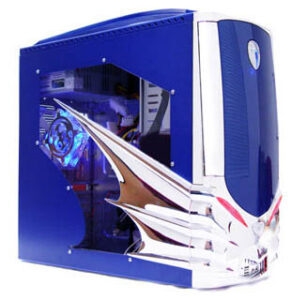
The first component will be the case which holds all your other components. This is very important as the size affects what you can put inside. If you get a case that’s too small, it will be cramped or your components won’t fit.
There are three main sizes of computer cases:
Full tower
Mid tower
Mini tower
A mid tower should suit your needs for a standard computer. However, if you are building a gaming machine to join the PC master race, you may want a full tower to fit your hulking graphics card.
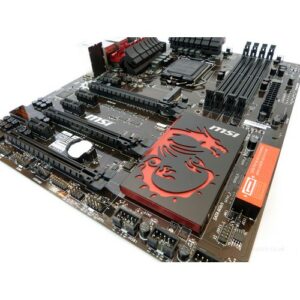
2) Motherboard
The motherboard is where all your components will be connected to. You need to ensure that it has all the right ports that you need. More importantly if you are going to connect your own CPU you need to ensure it has the right socket type.
There are also varying form factors/sizes of motherboards. For a general purpose computer, a standard ATX form factor will fit in the case.
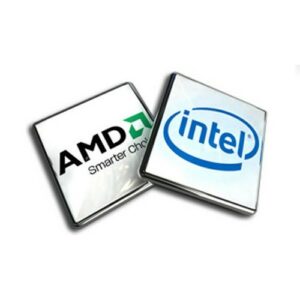
3) CPU
The CPU or computer processing unit is the heart of your computer. This will process information and determine the processing speed of your computer. The latest CPU by Intel is the i7 Skylake. I would however recommend a high end i5 as this will have enough processing power for general and gaming use as well as save you some money.
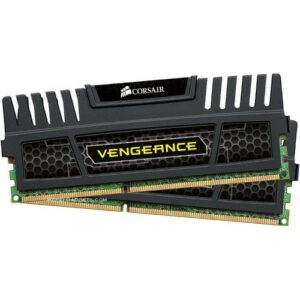
4) RAM
RAM or random access memory is the memory used to process services and programmes on your computer. The more RAM the better. However, you need to make sure that the RAM you get will fit into your motherboard! A 4 – 8GB RAM is enough for general use but, if you are building a gaming PC, 16GB may suit your needs better.
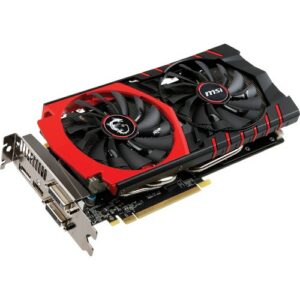
The graphics card is what helps generate graphics for games and programmes. Again you have to consider your motherboard’s interface, as well as your needs.Higher end graphics cards can be pricy; however, for a gaming unit it is a must have.
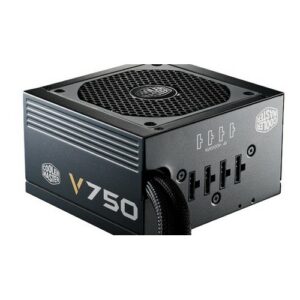
The power supply unit powers your whole system and shouldn’t be taken for granted. You need to ensure that you have enough wattage. There are several sites which can help you calculate the wattage required for your system.
Now that you have decided on all your main components, you need to look at all the extra bits and bobs: CD drive, cables, fans and heat sinks etc. These small parts are almost always overlooked, but are extremely important if you want your PC to be useful.
Putting all the parts together is quite straightforward, but if you need help do it while watching one of many step-by-step videos on the internet.
Now that you know what you need, enjoy picking out each component for your ultimate computer. Have a look on bidorbuy for anything you need and specials to help build your dream computer!









